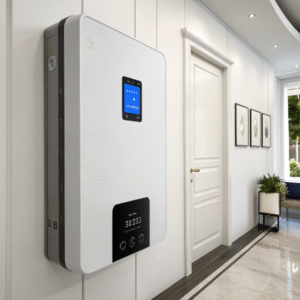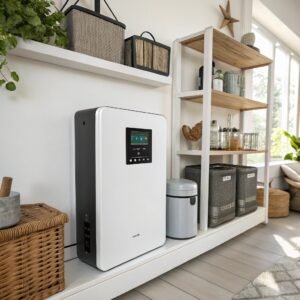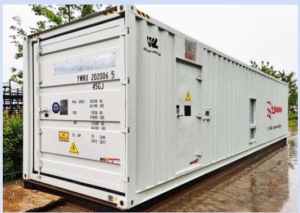Why is my electric bill so high if I have solar panels?
by
Why is my electric bill so high if I have solar panels?
You installed solar panels to slash your electricity costs, yet your bill remains stubbornly high. This frustrating situation leaves many homeowners questioning their investment.
Your electric bill may still be high with solar panels due to system undersizing, increased energy consumption, time-of-use billing, or net metering policies that don't fully credit your solar production.
Understanding these factors helps identify solutions to maximize your solar savings and reduce that frustrating bill.
How to install solar panels at home?
Going solar seems complex, but breaking it down into clear steps makes the process manageable for homeowners.
To install solar panels at home: assess your energy needs, evaluate your roof, obtain permits, select equipment, hire an installer, and connect to the grid - typically taking 1-3 months from start to finish.
Detailed installation process
-
Energy Assessment:
- Review 12 months of electric bills
- Calculate your average monthly usage
- Identify peak demand periods
-
Site Evaluation:
- Check roof condition and orientation
- Assess shading from trees/structures
- Verify structural integrity
-
System Design:
- Determine optimal panel placement
- Select inverter type (string vs micro)
- Calculate required system size
-
Permitting & Paperwork:
- Submit plans to local building department
- Complete utility interconnection agreement
- Apply for solar incentives/rebates
-
Installation:
- Mount racking system
- Install panels and wiring
- Connect to electrical panel
-
Inspection & Activation:
- Pass final electrical inspection
- Utility approves interconnection
- System goes live
Which type of solar panel is best for home use?
With multiple solar technologies available, choosing the right panel impacts your system's performance and value.
For most homes, monocrystalline solar panels offer the best balance of efficiency, durability, and space-efficiency, though polycrystalline and thin-film options may suit specific situations.
Solar panel comparison
| Type | Efficiency | Cost/Watt | Lifespan | Best For |
|---|---|---|---|---|
| Monocrystalline | 20-22% | $1-$1.50 | 25+ yrs | Limited roof space |
| Polycrystalline | 15-17% | $0.90-$1 | 20-25 yrs | Budget-conscious |
| Thin-Film | 10-13% | $0.70-$1 | 15-20 yrs | Large roofs |
Key Considerations:
- Efficiency: Higher efficiency means more power per square foot
- Temperature coefficient: How performance drops in heat
- Warranty: Look for 25-year performance guarantees
- Aesthetics: Some homeowners prefer all-black panels
How many watt solar panel do I need for home?
Oversizing wastes money while undersizing leaves savings on the table. Proper sizing matches your actual energy use.
Calculate your needed solar wattage by dividing annual kWh usage by local peak sun hours, then dividing by 365. Most homes need 5-8kW systems (15-24 panels at 330W each).
Sizing calculation example
-
Determine Usage:
- Annual consumption: 10,000 kWh
- Daily average: 27.4 kWh
-
Account for Sun Hours:
- Location: 4.5 peak sun hours/day
- System size: 27.4 ÷ 4.5 = 6.1 kW
-
Adjust for Efficiency:
- Add 15% for system losses
- Final size: 6.1 × 1.15 = 7 kW
-
Calculate Panels Needed:
- Panel wattage: 350W
- Number of panels: 7,000 ÷ 350 = 20 panels
Pro Tip: Future-proof your system by adding 10-20% capacity if planning electric vehicles or home additions.
Conclusion
High electric bills with solar often stem from system sizing, consumption patterns, or utility policies. Proper installation, panel selection, and accurate sizing help maximize solar benefits and minimize bills.



